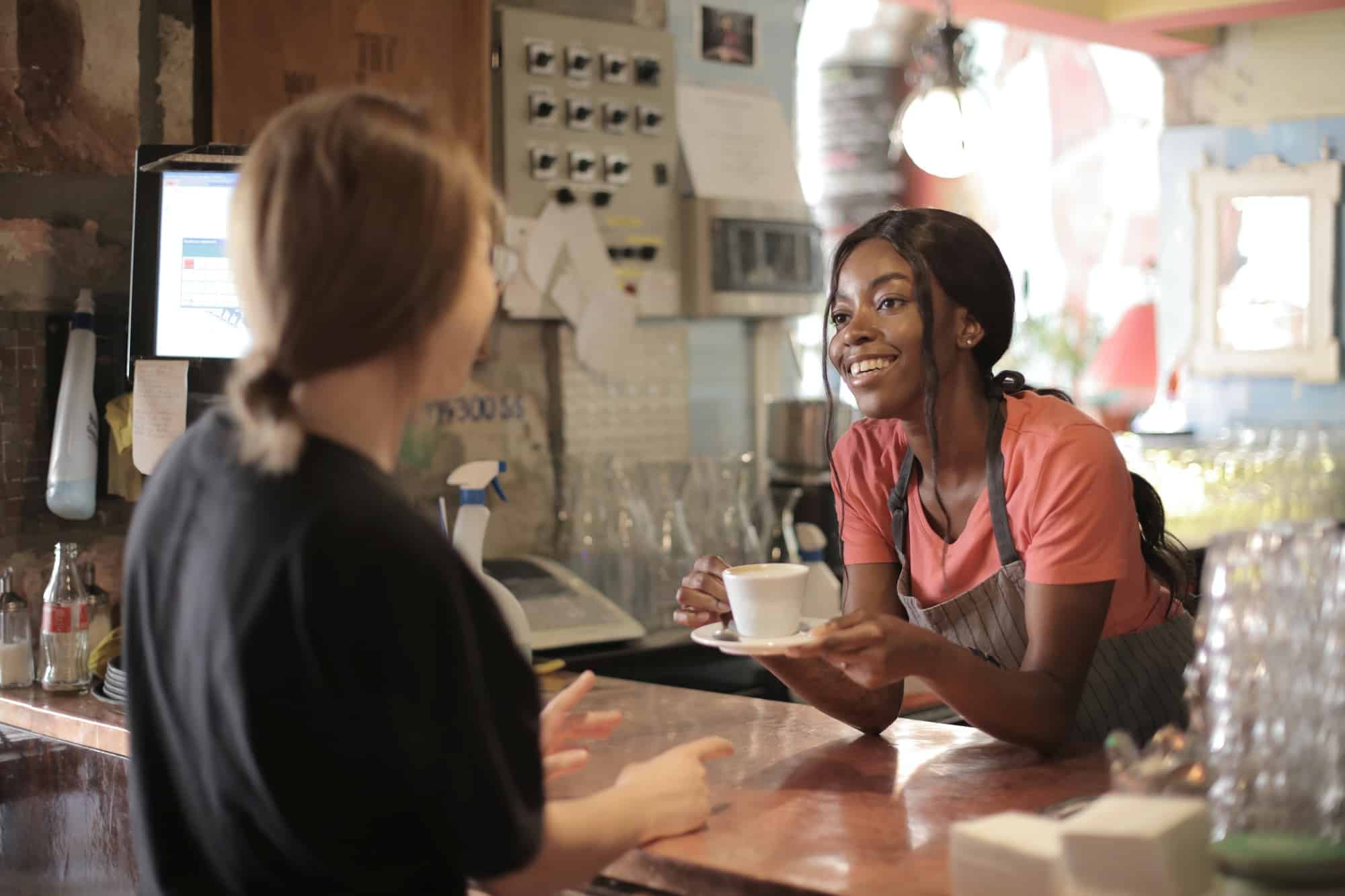This is potentially good news for emerging brands, but only if they understand how consumers are searching for what they want in this brave new mobile world.
Think of it this way: dating apps have both helped and hindered the dating process for lots of people. On one hand, there are more options than ever and there is no shortage of first dates to be had. On the other hand, quantity does not equal quality and people get overwhelmed by all the gym selfies and beach booties to the point they can’t stop swiping. In short: an overwhelmed consumer becomes a fickle and jaded consumer.
What’s Loyalty Got To Do With It?
This dating app sentiment applies to brand loyalty. According to a report from Criteo sent to Business Insider Intelligence, 73% of US consumers are open to considering a new brand in at least one shopping category at any given point in time. This doesn’t mean that consumers are constantly looking to abandon the brands they’re loyal to, but it does suggest brands are always at risk of losing customers.
So how do consumers define their brand loyalty? In a Yotpo.com poll, they identify it as being characterized by “repeat purchasing” (67.8%), followed by “love” for the brand (39.5%), and finally, “preference despite price” (37.7%). More than a third (36.4%) of survey respondents reported that they don’t consider themselves longterm brand loyal until they’ve made five or more purchases from a brand. What’s more, nearly a third (61.1%) are loyal to a max of five brands, and 49.1% only belong to up to three loyalty programs.
The decline of brand loyalty boils down to one crucial metric: local searches. How consumers search for their brands dictates who they become loyal to. According to research conducted by MomentFeed, 82% of consumers perform unbranded searches for any given product or service. For example, rather than looking for a specific coffee brand, consumers (especially younger ones) will search by category and convenience –– e.g., “Nitro Brew Near Me.” The words “near me” are even becoming obsolete, because smartphones automatically serve as geographic homing devices.
Furthermore, consumers might just search for “Nitro Brew” and the brands that dominate the coveted top results are the ones who pay for placement within Google. Alternatively, consumers could also get targeted by a host of random (related) brands across display networks, therefore introducing them to new brands.Beyond physical location, it’s of crucial importance for emerging brands to also bid on, and own, their digital location –– such as their Google shopping category as well as keywords and visual ads.


